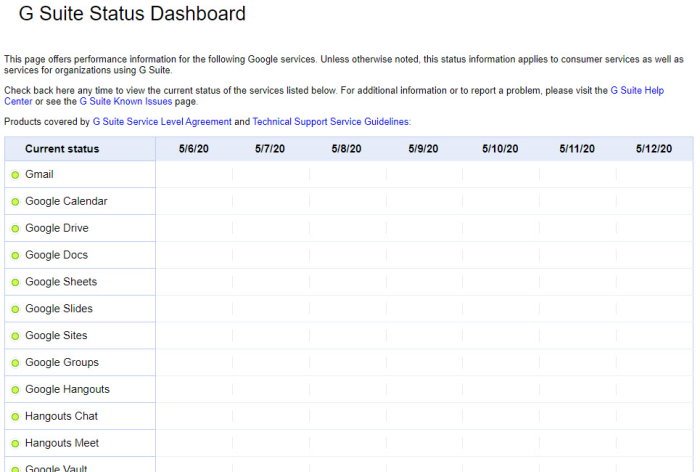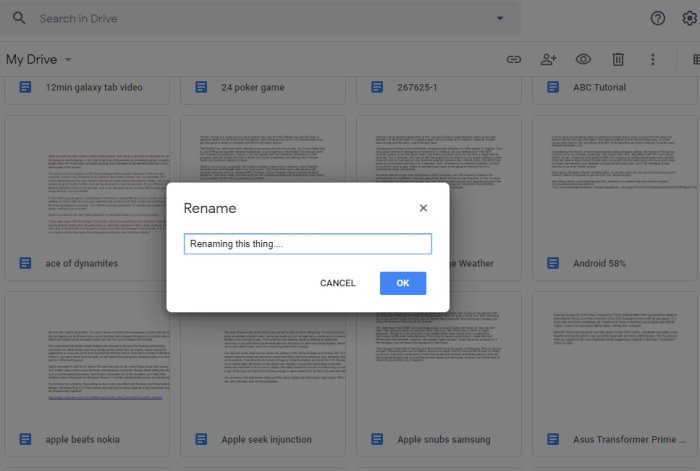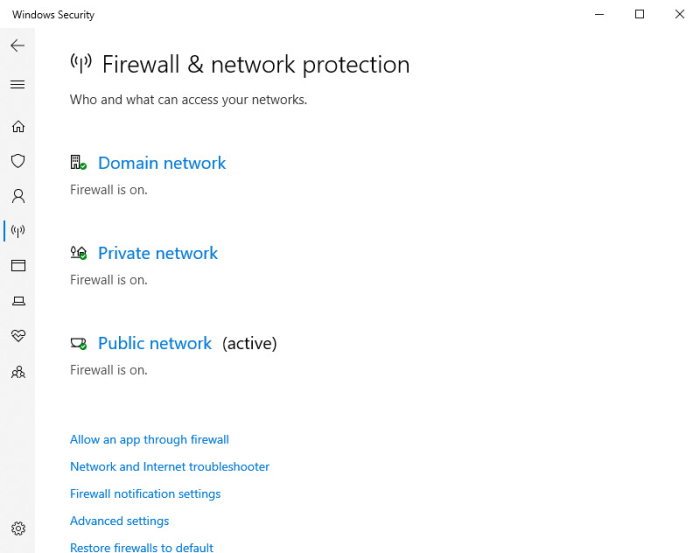Google Drive is one of the most used cloud platforms on the web today and one of the best. The service comes with many cool features for both commercial and enterprise use, and we expect Google to continue improving the service regularly.
Now, despite being top-tier, there are times when Drive causes problems, especially in the upload area. With that in mind, we are going to discuss how to solve some of these problems for easier service use.
Google Drive files uploading is slow, stuck or not working
Problems relating to Google Drive are not abundant, so if you are in a grind, it should be easy to get out of it. This guide is designed to help with that.
- Check Google Drive Status
- Rename the file
- Disable your Firewall and see
- Reconnect your Google account
- Clear the cache
Let us look at this in more detail.
1] Check Google Drive Status

OK, so the first thing you will want to do is to check the status associated with Google Drive. Google prides itself on having minimal downtime, and that’s legit from our experience. However, there are times when things will take a bad turn, so what should we do in such a situation?
Well, the best step to take, is to visit Google’s Status Dashboard. This dashboard will list all the Google services, and tell if any are running properly or not. If it so happens that Google Drive is down, then the only option is to wait until the search giant manages to get the service up and running again.
2] Rename the file

We’ve encountered cases in the past where files couldn’t be uploaded to Google Drive because the file name contained unsupported characters. The user only needs to rename the file and attempt to upload it again.
For easier uploading of content to the platform, try inserting common letters and numbers instead of special characters.
3] Disable your Firewall and see

Chances are, you have an anti-virus tool and Firewall protecting your Windows 10 computer. These programs can cause problems when uploading content to Google Drive, therefore, the best option is to disable them if issues persist.
We can disable the default Microsoft Defender anti-virus by pressing the Windows key + I to fire up the Settings app. From there, you will want to navigate to Update & Security > Windows Security > Open Windows Security.
Visiting this section should allow you to turn off the Firewall among other things, so keep an eye out.
4] Reconnect your Google account
Another option is to disconnect your account and reconnect it again. Doing this will force all files to resynchronize, which could take a while depending on the speed of your internet connection and the number of files saved in your account.
OK, so from the system tray, please click on Backup and Sync, and from there, select the Settings icon, which is the three-dots, and then click on Preferences. Now, from the left-menu section, click on Settings > Disconnect account > Disconnect. After everything is done, click on Got It.
Finally, click on the Backup and Sync icon once more, then select Sign In.
5] Clear the browser cache
Here is something you might not have known. Google Drive stores cache on your computer via the web browser to enable faster file loading. However, this feature can cause problems from time to time. In that case, the best option is to clear the browser cache.
Let us know if anything here helped you.
Why is my Google Drive upload speed so slow?
Google Drive upload speed can be slow due to large file sizes, an unstable network connection, or the type of internet connection. Ensuring a strong, stable internet connection and breaking large files into smaller parts can improve upload speeds.
Why is Google Drive processing so slow?
Google Drive processing can be slow due to a poor internet connection, large video file sizes, or an outdated browser version. To improve processing speed, ensure you have a stable connection, compress large files, and update your browser.